Exceptional restaurant fit-outs include a range of different components and those that soothe and comfort the mind psychologically can be very effective when it comes to the impact you make on consumers. If you’re looking to introduce new and innovative themes for your next fit-out project, then contact one of our specialists here at Cumberland Group.

Our psychological guide to restaurant fit-outs
Many consumers simply don’t realize the research that goes into restaurant fit-outs – however, they will still respond to the psychological cues that have been integrated. The most effective refits are those where this is not obvious but where consumers enjoy the experience that has been created for them in the way that the business intended. From brightly coloured, utilitarian fast food restaurant interiors that are designed to make customers eat and go to the subtle, luxe environments of high-end restaurants – where extensive dining is the intention – the psychology of restaurant design is evident everywhere. Here’s our guide to how to use it.
What’s the concept?
This is the first question to answer when it comes to any restaurant fit-out. Having a strong concept and narrative on which to build psychological details is essential otherwise the experience that the customer has simply may not make sense. Defining the story behind the refit ensures that it can be carried through into every aspect of it, even the smallest features.
How does the restaurant operate?
This is basically an overview of the infrastructure of the restaurant that will be essential to integrating psychological features. Key elements here include looking at how customers arrive at the business, the journey that food takes from the kitchen to the table, and how staff utilize the space. The idea is to ensure that all of this hangs together seamlessly so that there is nothing that will interrupt the impact that you are looking to achieve when the more psychological elements come into play.
What psychological tricks can you include?
- Lighting – The way that a restaurant is lit can have a big impact on how diners feel. For example, soft, ambient lighting tends to make people feel relaxed and settled. However, poor lighting that is too harsh or leaves customers in a shadow can make them feel uncomfortable and unwelcome.
- The use of colour – Different colours can have an impact on diners – some are even thought to help increase appetite. It’s key to ensure that the design scheme throughout the restaurant is consistent and that colour is used not just psychologically but also in a way that feels natural with what the business represents.
- Comfort – Dwell times are significantly reduced when the comfort level of furniture is minimal. For restaurants where diner turnover is going to be lower furniture that is supportive and comfortable will facilitate a longer dining experience.
- References rather than themes – A themed interior design doesn’t do well these days but aesthetic references to what the business does and the food that it produces will work well. References that highlight the origin of the menu, its heritage and ingredients can contribute positively to the customer experience and how well people understand the brand.
PREVIOUS POST
NEXT POST
Latest Entries
-
Foundations of Safety: Our Project Essentials
-
Cumberland Group Delivers Sustainable Fit-Out for Aesop’s New Concept Store at One New Change
-
The Importance of Apprenticeships in the Construction and Fit Out Industry
-
Cumberland Is A Double Winner At The NAS Design Partnership Awards 2017!
-
Signs That It’s Time for a Hotel Refurbishment

